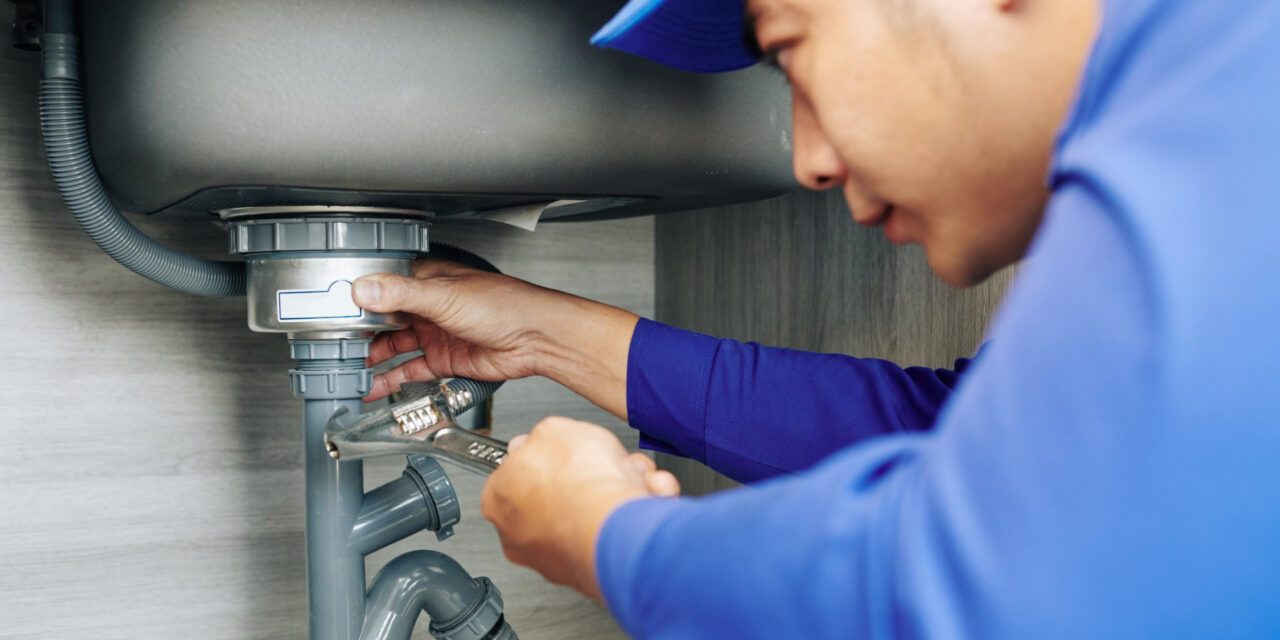How to Check If Your House Has a Concealed Leakage
How to Check If Your House Has a Concealed Leakage
Blog Article
Just about every person has their own individual conception with regards to Detecting hidden plumbing leaks.

Early detection of dripping water lines can minimize a prospective catastrophe. Some little water leaks may not be noticeable.
1. Analyze the Water Meter
Every home has a water meter. Examining it is a guaranteed way that aids you uncover leakages. For beginners, shut off all the water resources. Make certain no person will flush, make use of the tap, shower, run the cleaning machine or dish washer. From there, most likely to the meter as well as watch if it will certainly transform. Considering that no person is using it, there must be no movements. That indicates a fast-moving leakage if it moves. If you detect no adjustments, wait an hour or 2 and also examine back once more. This indicates you might have a sluggish leak that could also be underground.
2. Examine Water Intake
Analyze your water bills and also track your water usage. As the one paying it, you need to see if there are any type of disparities. If you spot sudden changes, despite your intake being the same, it means that you have leakages in your plumbing system. Remember, your water bill ought to drop under the exact same range monthly. An unexpected spike in your expense shows a fast-moving leakage.
At the same time, a consistent increase on a monthly basis, despite having the exact same behaviors, reveals you have a slow-moving leak that's additionally slowly intensifying. Call a plumber to extensively check your home, specifically if you really feel a cozy location on your flooring with piping underneath.
3. Do a Food Coloring Examination
When it comes to water usage, 30% comes from commodes. If the shade somehow infiltrates your bowl throughout that time without flushing, there's a leak between the tank and also dish.
4. Asses Exterior Lines
Don't neglect to inspect your outdoor water lines also. Must water permeate out of the link, you have a loosened rubber gasket. One small leakage can waste lots of water and also spike your water costs.
5. Examine the circumstance and examine
Property owners ought to make it a routine to inspect under the sink counters and also also inside cabinets for any kind of bad odor or mold and mildew development. These 2 warnings show a leak so timely interest is needed. Doing routine evaluations, even bi-annually, can save you from a significant problem.
Inspect for discolorations and compromising as the majority of pipelines and also home appliances have a life expectations. If you suspect leaking water lines in your plumbing system, don't wait for it to rise.
Early discovery of leaking water lines can mitigate a possible catastrophe. Some little water leakages may not be noticeable. Examining it is a proven way that helps you discover leaks. One tiny leak can lose loads of water and increase your water costs.
If you presume dripping water lines in your plumbing system, don't wait for it to rise.
WARNING SIGNS OF WATER LEAKAGE BEHIND THE WALL
PERSISTENT MUSTY ODORS
As water slowly drips from a leaky pipe inside the wall, flooring and sheetrock stay damp and develop an odor similar to wet cardboard. It generates a musty smell that can help you find hidden leaks.
MOLD IN UNUSUAL AREAS
Mold usually grows in wet areas like kitchens, baths and laundry rooms. If you spot the stuff on walls or baseboards in other rooms of the house, it’s a good indicator of undetected water leaks.
STAINS THAT GROW
When mold thrives around a leaky pipe, it sometimes takes hold on the inside surface of the affected wall. A growing stain on otherwise clean sheetrock is often your sign of a hidden plumbing problem.
PEELING OR BUBBLING WALLPAPER / PAINT
This clue is easy to miss in rooms that don’t get much use. When you see wallpaper separating along seams or paint bubbling or flaking off the wall, blame sheetrock that stays wet because of an undetected leak.
BUCKLED CEILINGS AND STAINED FLOORS
If ceilings or floors in bathrooms, kitchens or laundry areas develop structural problems, don’t rule out constant damp inside the walls. Wet sheetrock can affect adjacent framing, flooring and ceilings.
https://www.servicemasterbyzaba.com/blog/how-to-detect-water-leakage-in-walls/

We hope you liked our post on Detecting hidden plumbing leaks. Thanks so much for taking a few minutes to browse our piece of content. Kindly take a moment to promote this article if you enjoyed it. We cherish reading our article about Leaking water lines.
Report this page